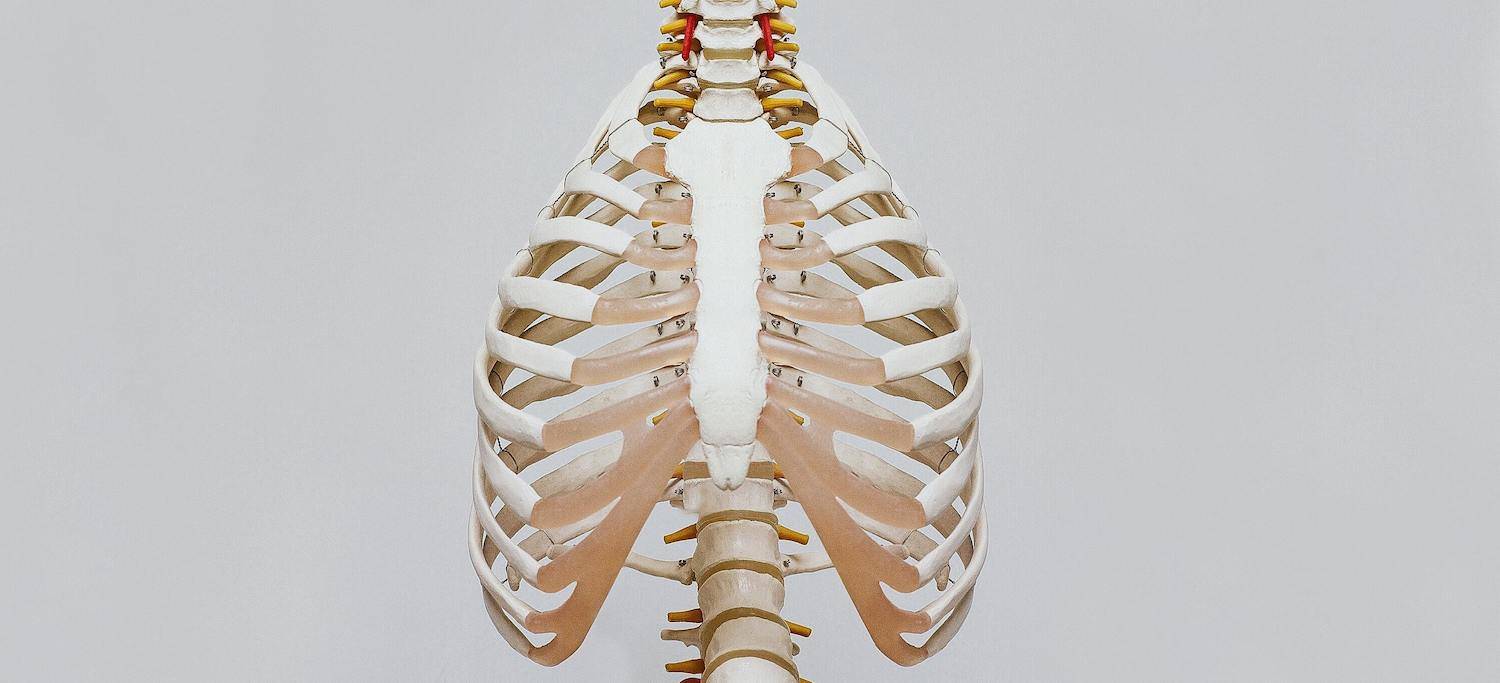
This article was originally published on Confronting Chronic Pain by Dr. Steven Richeimer, Director Pain Medicine Master and Certificate.
Millions of people around the country suffer from chronic abdominal pain — discomfort that has lasted for a period of at least six months. Numerous issues that can be the source of the pain include:
- Deficiencies
- Ulcers
- Crohn’s disease
- Celiac disease
- Ulcerative colitis
Researchers continue to look for ways for people to help manage the pain, including using spine cord stimulation.
Relieving Chronic Abdominal Pain with Spinal Cord Stimulation
In the February 2020 issue of the Journal of World Neurosurgery, researchers shared their findings from research conducted using BurstDR spine cord stimulation on chronic abdominal pain [1]. The study included three patients who all suffer from chronic pain originating from a different source, including post-herniorrhaphy pain syndrome, Crohn’s disease, and abdominal neuropathy. The patients were each given BurstDR spine cord stimulation therapy and evaluated to see what the impact would be.
BurstDR therapy’s mission is being an alternative to opioid therapy. It focuses on delivering low-voltage electrical current through the spine in order to block the sensations of pain. The energy current is delivered in intermittent doses of BurstDR stimulation known as “micro-dosing.” The intermittent pulses, or bursts, are designed to mimic the nerve impulse patterns that the body naturally has, which is why BurstDR spine cord stimulation may help chronic pain.
About the Study
In the study, each of the patients underwent a trial stimulation period followed by the BurstDR therapy. At the end of the study, researchers report that two of the three patients were completely pain-free.
The third patient continues to have chronic and episodic abdominal pain but has discontinued using all prescription pain medication. While the third patient continued to experience pain, the participant had a 33% decrease in the frequency of pain and a 60% decrease in the severity of pain.
This type of therapy will need to be evaluated for its long-term effect on chronic abdominal pain, but it does bring hope for many as another option to help provide relief. Those with chronic abdominal pain may find it relieves all of their pain, or they may experience a significant reduction in the frequency and severity.
As a result, BurstDR therapy offers one more possible tool to help the millions of people who suffer from chronic pain.
BurstDR therapy was created by Abbott. It is worth noting that one of the doctors who conducted the study did receive financial compensation from the company for consulting services. This study does not compare BurstDR to other forms of spinal cord stimulation. Hopefully, future studies will help to clarify BurstDR spine cord stimulation may help chronic pain, particularly for chronic abdominal pain.
USC’s Pain Medicine Degree Program
Are you looking to gain a wealth of knowledge in treating and managing pain? Consider enrolling in the USC Keck School of Medicine’s online master’s program in Pain Medicine.
Sources:
[1] World Neurosurgery. “The Efficacy of BurstDRTM Spinal Cord Stimulation for Chronic Abdominal Pain: A Clinical Series.” February 2020.

